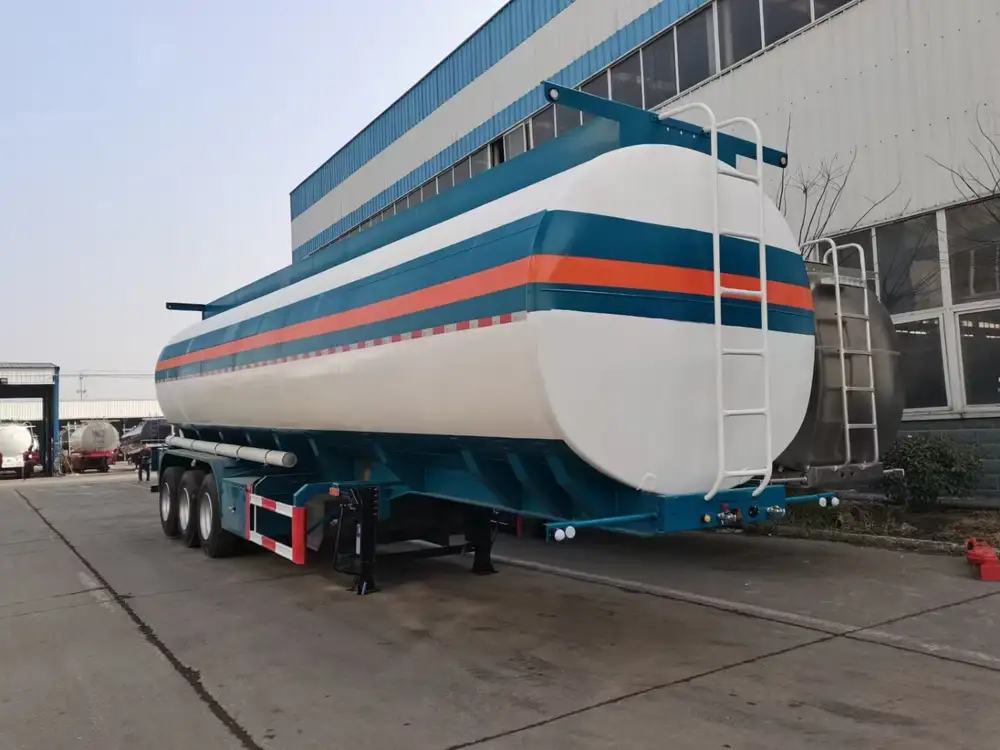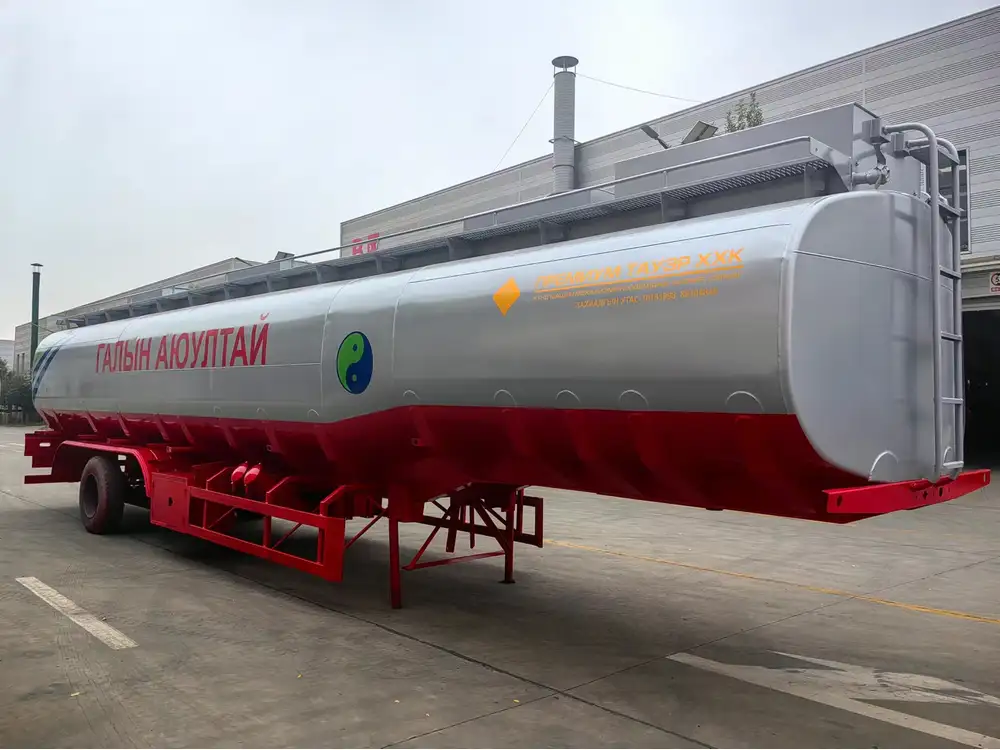When operating heavy machinery, efficiency and safety go hand in hand. This is particularly true when dealing with semi-trailer booster lines, an element essential to maintaining braking efficiency, stability, and operational speed. A faulty or improperly installed booster line not only compromises performance but also poses a severe safety risk on the road. This guide provides a detailed overview of methods for losing a semi-trailer booster line without causing a twist, ensuring reliable handling during transportation.
Understanding the Basics of Semi-Trailer Booster Lines
What is a Semi-Trailer Booster Line?
A semi-trailer booster line is an essential component of the braking system designed to enhance the braking power of a trailer. Responsible for controlling airflow to the trailer brakes, it ensures that the brakes respond promptly to the driver’s commands.

Importance of Proper Installation and Handling
Proper installation and maintenance of booster lines are crucial. A twist in the line can lead to uneven braking forces, resulting in compromised vehicle control. Understanding how to properly lose the booster line can prevent such complications.
| Component | Description |
|---|---|
| Booster Line | Connects the braking system of the trailer to the truck. |
| Air Supply | Channels compressed air to the brakes for effective stopping. |
| Braking System | Integrates multiple lines and components to maximize safety and performance. |
Step-by-Step Process to Lose Semi-Trailer Booster Line Without Twist
Step 1: Safety First
Before engaging in any mechanical work, ensuring a safe working environment is paramount. Follow these safety protocols:
- Wear Protective Gear: Gloves, eye protection, and sturdy footwear are essential.
- Deactivate the Vehicle: Make sure the vehicle is parked on a level surface and that all brakes are engaged. Disconnecting air sources is vital to prevent accidental deployments.

Step 2: Establish the Right Tools
Having the right tools at hand will expedite the process significantly. Here’s a list of tools you’ll require:
| Tool | Purpose |
|---|---|
| Wrench Set | For loosening and tightening fittings. |
| Pliers | Helps in gripping and untangling lines. |
| Tension Gauge | Ensures that the line is free from twists. |
| Marker | To mark positions and angles for accuracy. |
Step 3: Inspection of Booster Line
Before you proceed to lose the booster line, inspect it meticulously. Look for:
- Cracks or wear: Indicators of potential failure.
- Twists or kinks: Ensure there are no bends that could cause pressure issues during disconnection.
Step 4: Disconnecting the Booster Line
When disconnecting the booster line, follow these steps meticulously to minimize the risk of twists:
- Locate the Connector: Identify the connectors at both the truck and trailer ends.
- Loosen the Connectors: Utilizing the wrench, carefully loosen the fittings.
- Mark the Position: Before removing the line, mark the connector’s original position to help understand its alignment upon reconnection.
- Carefully Remove the Line: As you pull the line, maintain an even, straight pulling direction to mitigate twisting.

Step 5: Using Pliers for Precision
To ensure that the line remains straight, use pliers to grip the line while you pull it from the connector. This added support can prevent bends and kinks, allowing for a smooth removal without twist.
Step 6: Post-Removal Check
After removing the booster line, conduct a check for any leftover debris or damaged fittings. Inspect the connectors to confirm that they are clean and undamaged, ready for the next line connection.
Common Pitfalls and How to Avoid Them

Inadequate Support Leads to Complications
One of the most common mistakes during this process is failing to provide enough support to the booster line. Without proper support, the line may twist or kink during the removal, leading to further complications when reconnecting.
Tip: Always ensure both ends of the line are properly supported before detaching.
Neglecting the Inspection Process
Omitting the inspection phase can lead to oversights that result in long-term damage or safety hazards.
Takeaway: Always inspect the line and connectors before and after the disconnection process to ensure they are functioning correctly.
Troubleshooting: What If There’s a Twist?

Identifying the Issue
If, despite following all steps meticulously, you still find a twist in the booster line, identifying the cause is crucial. Common culprits include:
- Improper initial installation
- Wear and tear over time
- External environmental factors causing bending
Solutions for Twisted Lines
Reassess the Installation: If the twist occurred during initial connection, revisiting the installation process may help you understand what went wrong.
Consult Manufacturer Guidelines: Manufacturers often provide specific guidance for installation and maintenance procedures. Ensure that any remediation aligns with these recommendations.
Professional Help: When in doubt, consult professionals for a comprehensive assessment and repair or replacement of the booster line.
Conclusion
Understanding how to lose a semi-trailer booster line without experiencing a twist is critical for maintaining optimal vehicle performance and ensuring safety on the road. By adhering to the steps outlined, ensuring proper safety measures, and utilizing the right tools, this seemingly daunting task can be streamlined, allowing for efficient maintenance and operation of your semi-trailer system.
Regular inspections and proper handling techniques can be invaluable in extending the lifespan of the booster line and preventing unnecessary complications. Ultimately, investing time in learning and applying these practices not only enhances operational safety but also contributes to overall vehicular efficiency and reliability.
By reinforcing your knowledge and skills in managing semi-trailer booster lines, you take a significant step toward ensuring the integrity of your transport operations, fostering a culture of safety, and enhancing long-term success in your logistics endeavors.



